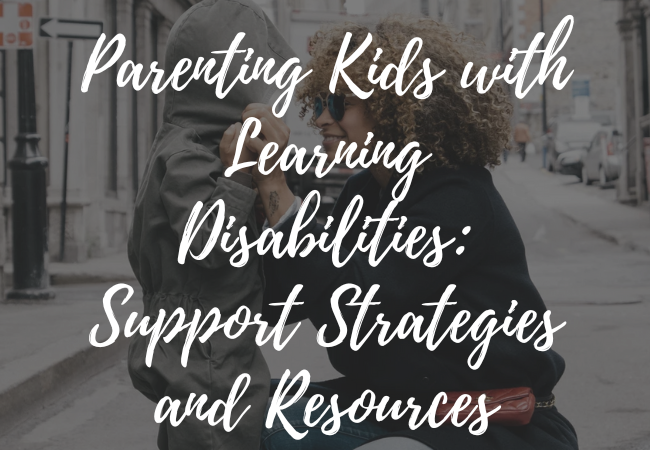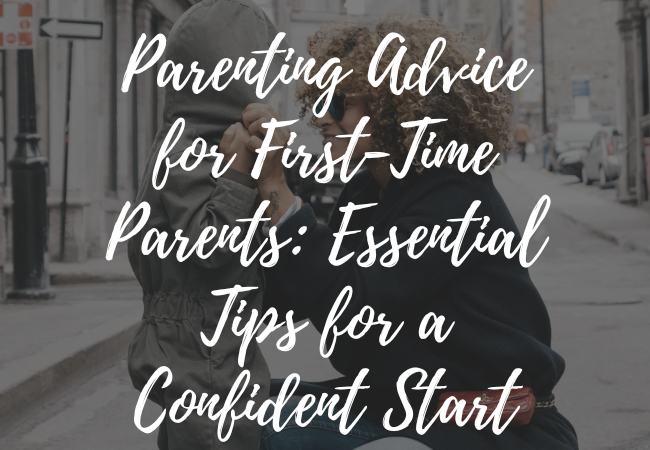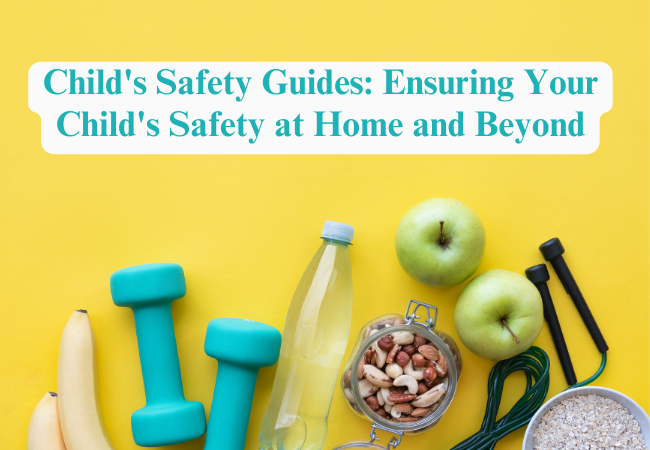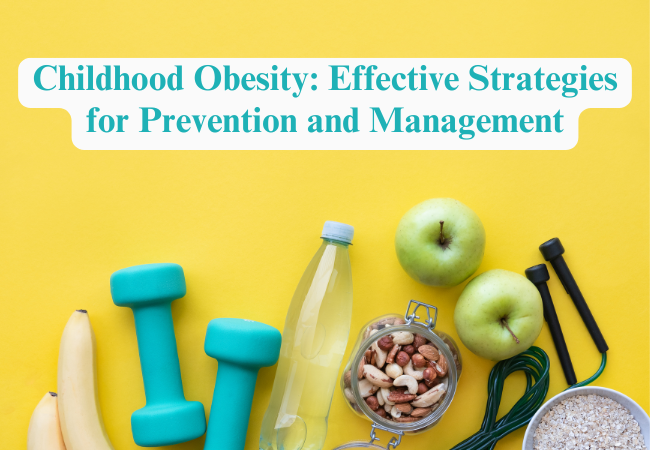Parenting Kids with Learning Disabilities: Support Strategies and Resources
Explore effective strategies and resources for parenting kids with learning disabilities. Learn how to provide support, encourage growth and foster a positive learning environment for your child.
Parenting a child with a learning disability can be both challenging and rewarding. As a parent, you play a crucial role in helping your child navigate their educational journey and develop the skills they need to succeed. In this guide, we’ll explore effective strategies and valuable resources to support you in parenting a child with learning disabilities.
Understanding Learning Disabilities

Before diving into strategies, it’s important to understand what learning disabilities are and how they can affect your child.
What are Learning Disabilities?
Learning disabilities are neurological disorders that affect how the brain processes, stores and communicates information. They can impact various areas of learning, including:
- Reading (dyslexia)
- Writing (dysgraphia)
- Math (dyscalculia)
- Listening
- Speaking
- Reasoning
It’s crucial to remember that learning disabilities are not a reflection of intelligence. Children with learning disabilities are often of average or above-average intelligence but may struggle with specific aspects of learning.
Effective Parenting Strategies
1. Educate Yourself
The more you know about your child’s specific learning disability, the better equipped you’ll be to support them. Research their condition, attend workshops and join support groups to gain insights and share experiences with other parents.
2. Foster Open Communication
Create an environment where your child feels comfortable discussing their challenges and successes. Encourage them to express their feelings and concerns about their learning experiences.
3. Focus on Strengths
While it’s important to address areas of difficulty, don’t forget to celebrate your child’s strengths and talents. Encourage activities they excel in to boost their confidence and self-esteem.
4. Develop Organizational Skills
Many children with learning disabilities struggle with organization. Help your child develop effective organizational systems for schoolwork, belongings and daily routines.
5. Break Tasks into Manageable Steps
Large tasks can be overwhelming for children with learning disabilities. Teach your child to break big projects into smaller, more manageable steps.
6. Use Multi-Sensory Learning Techniques
Incorporate various senses into learning activities. For example, use visual aids, hands-on materials and verbal instructions to reinforce concepts.
7. Establish a Consistent Routine
Structure and predictability can be very beneficial for children with learning disabilities. Establish consistent routines for homework, meals and bedtime.
8. Advocate for Your Child
Work closely with your child’s school to ensure they receive appropriate accommodations and support. Attend IEP (Individualized Education Program) meetings and stay informed about your child’s rights.
Fostering a Positive Learning Environment at Home
Creating a supportive learning environment at home is crucial for your child’s success. Here are some tips:
- Set up a dedicated study space: Create a quiet, well-lit area for homework and studying.
- Minimize distractions: Reduce noise and visual clutter in the study area.
- Use assistive technology: Explore tools like text-to-speech software, graphic organizers, or specialized apps that can support your child’s learning.
- Encourage reading: Make reading a fun, daily activity. Choose books that match your child’s interests and reading level.
- Practice patience: Learning may take longer for your child. Be patient and celebrate small victories.
Building Self-Esteem and Resilience
Children with learning disabilities often struggle with self-esteem. Here are ways to boost their confidence:
- Praise effort, not just results: Recognize your child’s hard work and perseverance.
- Teach positive self-talk: Help your child develop a growth mindset by encouraging positive self-talk.
- Set realistic goals: Work with your child to set achievable goals and celebrate when they reach them.
- Encourage independence: Allow your child to make age-appropriate decisions and solve problems on their own.
Valuable Resources for Parents
- Learning Disabilities Association of America: Offers information, resources and support for individuals with learning disabilities and their families.
- Understood: Provides comprehensive resources and tools for parents of children with learning and attention issues.
- LD Online: Offers a wealth of information on learning disabilities, including articles, blogs and multimedia resources.
- National Center for Learning Disabilities: Provides advocacy, research and resources for individuals with learning disabilities.
- Reading Rockets: Offers strategies, resources and activities to help struggling readers.
Conclusion
Parenting a child with a learning disability requires patience, understanding and a willingness to adapt. By implementing these strategies and utilizing available resources, you can create a supportive environment that allows your child to thrive. Remember, every child is unique and what works for one may not work for another. Stay flexible, keep learning and don’t hesitate to seek support when needed.
Your child’s journey may have its challenges, but with your love, support and guidance, they can develop the skills and confidence needed to succeed in school and beyond. Celebrate their strengths, nurture their interests and always believe in their potential. With your unwavering support, your child can overcome obstacles and achieve their goals.
Remember, you’re not alone in this journey. Reach out to professionals, support groups and other parents for advice and encouragement. Together, we can create a world where all children, regardless of their learning differences, have the opportunity to reach their full potential.
For more information and guide, visit usaparentingtips.com






